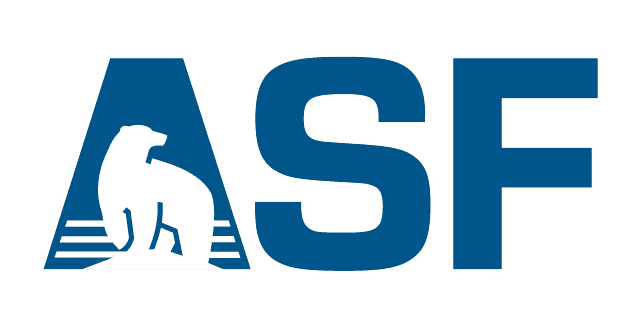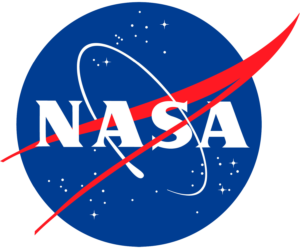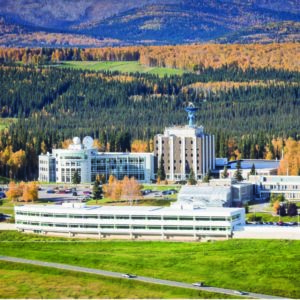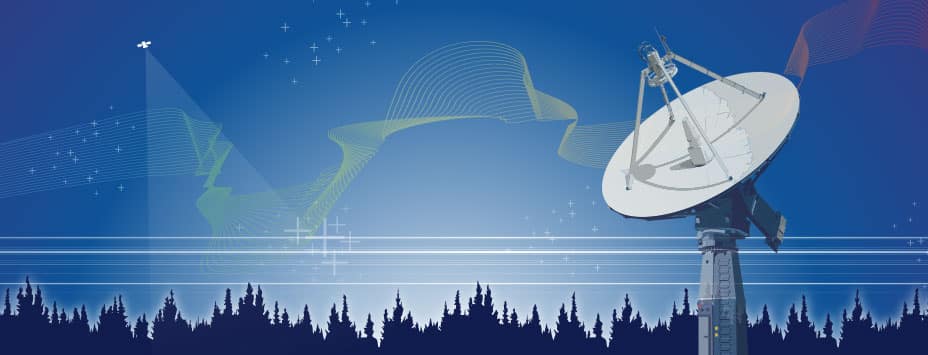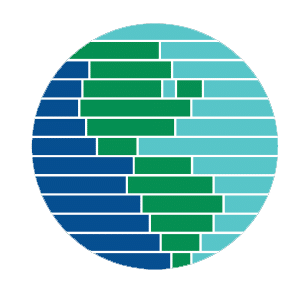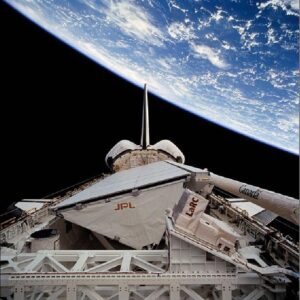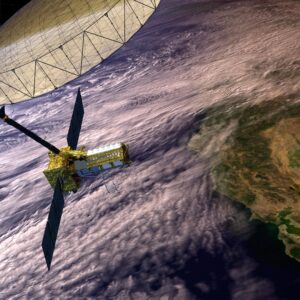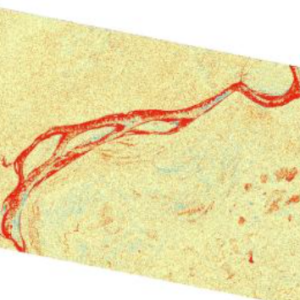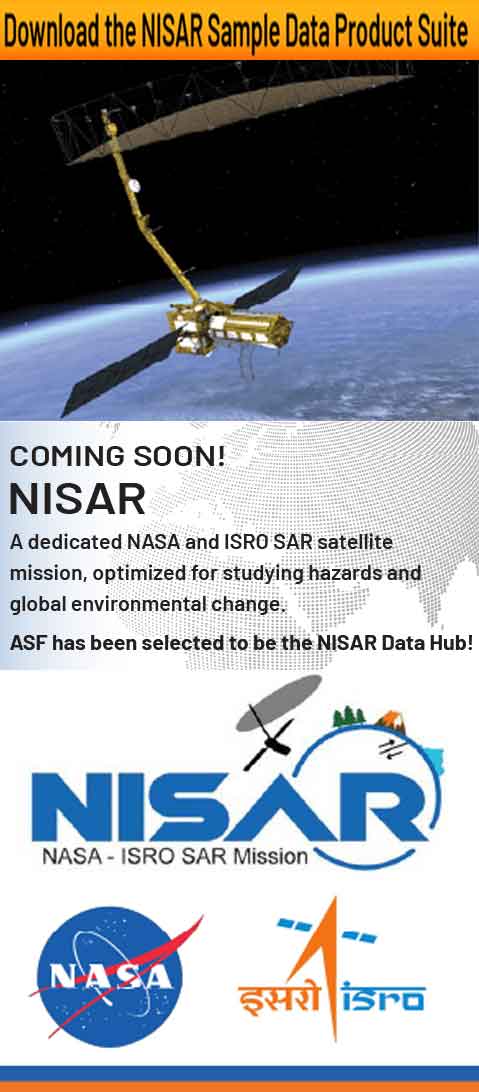Notice Content from the ASF DAAC website will be moving to a new NASA website (earthdata.nasa.gov) from now until the end of 2026. During this process links are redirected in stages. Thank you for your patience as we make this transition. Can't find what you need? Contact us at [email protected].
Alaska Satellite Facility
The Alaska Satellite Facility is part of the Geophysical Institute, located on the University of Alaska Fairbanks campus.
- ASF downlinks, processes, archives, and distributes remote-sensing data to scientific users worldwide
- ASF promotes, facilitates, and participates in the advancement of remote sensing to support national and international Earth science research, field operations, and commercial applications
- ASF is committed to providing high-quality data and services quickly and reliably
- Coming Soon! NISAR — A dedicated NASA and ISRO SAR satellite mission, optimized for studying hazards and global environmental change. ASF will be the NISAR Data Hub!
Scientist Spotlight
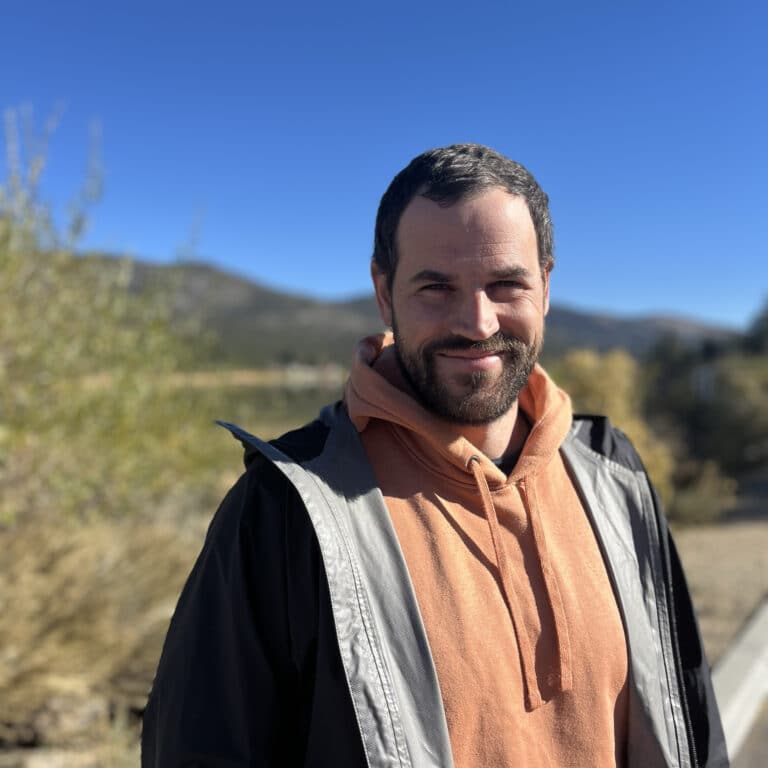
David Bekaert, Ph.D.
David Bekaert doesn’t much like the idea of a box. “It’s funny, because people always get boxed: Either you’re an engineer or you’re a
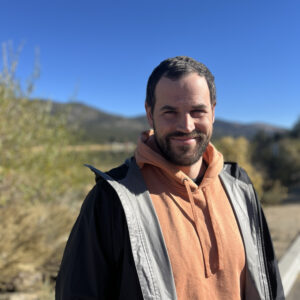
David Bekaert, Ph.D.
David Bekaert doesn’t much like the idea of a box. “It’s funny, because people always get boxed: Either you’re an engineer or you’re a scientist,”
